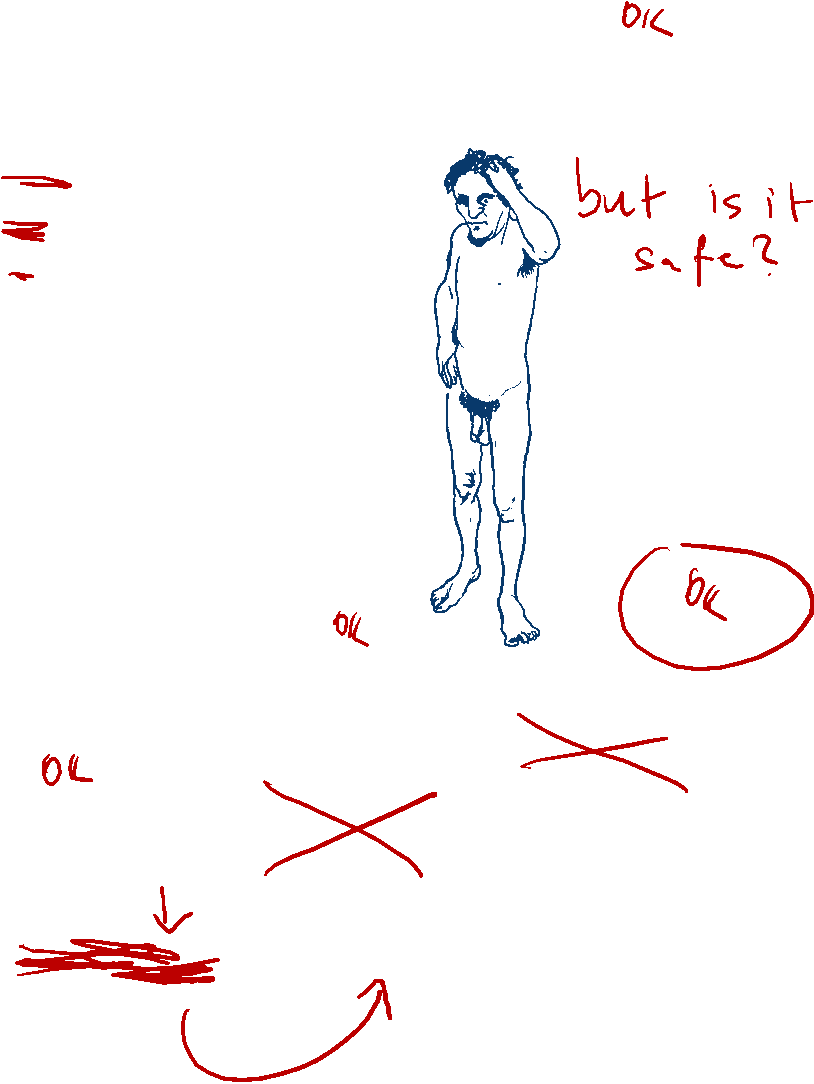Editor's Note: Call to Earth is a CNN editorial series committed to reporting on the environmental challenges facing our planet, together with the solutions. Rolex’s Perpetual Planet Initiative has partnered with CNN to drive awareness and education around key sustainability issues and to inspire positive action.
Mediterranean monk seals, with their big, round eyes and gentle appearance, are cleverer than they look. Known for their sneaky tactic of snatching the catch from fishing nets and sometimes ripping them in the process, they have not been popular with fishermen, with some deliberately killing seals in retaliation.
The mammal, which was once widespread across the Mediterranean, Black Sea, northwest Africa, and the Atlantic islands of the Canaries, Madeira and the Azores, was also historically hunted for meat, oil and skins. As a result of these threats, populations suffered a dramatic decline in the 20th century, with the species becoming one of the most endangered marine mammals on Earth.
But in recent years, the tide has turned. While Mediterranean monk seals remain at risk, thanks to conservation efforts and legal protections, populations have bounced back. Some estimate that earlier this century, the population was between 400 and 600; now there are up to 1,000 estimated globally.
In 2015, the species was reclassified from “critically endangered” to “endangered,” and two years ago, it was listed as “vulnerable.” Scientists hope that with continued care, the species will have a brighter future.











